Bembidion balli
David R. MaddisonAdult External Characteristics
Elytra without mirrors, and with small silver spots. Pronotum without long basilateral carina. First male protarsomere of normal size.
Male Genitalia
With long, curved flagellum. Ventral Sclerite Patch with apical boundaries of basins well-separated in lateral view (see figure, below).
Comparison with Related Species
Compare with:
B. balli and B. foveum are the only two species consistently lacking distinct mirrors. B. balli is shorter and more robust than B. foveum, with a relatively wider prothorax, and relatively more convex elytra. Males can also be distinguished by the size of the first protarsomere (which is much larger in B. foveum than B. balli), but this character is difficult to use without comparative material. The only sure way to distinguish adult males of the two species is with male genitalic characters, especially the shape of the flagellum and Ventral Sclerite Patch.
Some other Bracteon occasionally have obscure mirrors. In some (e.g. B. hesperium, B. punctatostriatum) the mirrors do not contrast very strongly against the rest of the elytra, because the elytra are generally shiny. The body form of these species is rather different from B. balli, and their general shininess makes them unlikely to be confused with B. balli. Among the species most like B. balli in form, B. carinula contains some specimens with obscure mirrors (mainly old, worn individuals). However, B. balli lack the long, basilateral carina on the pronotum characteristic of B. carinula.
Geographic Distribution
Only in north eastern Alberta and west-central Saskatchewan. Common in places along the North and South Saskatchewan Rivers.

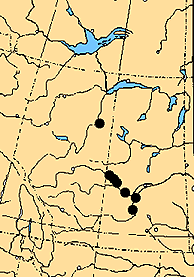
Habitat
Known only from rivers, on barren beaches composed mainly of sand. Shown below is the shore of the South Saskatchewan River near Outlook, Saskatchewan, where 54 of the 65 Bracteon encountered in September 1982 were B. balli (the remaining 11 were B. carinula).

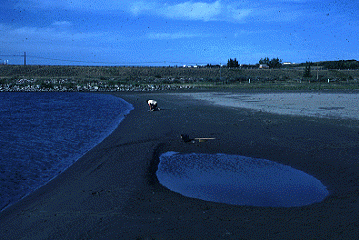
Nomenclature
- Bembidion balli Lindroth 1962. Holotype male in CNC.
Title Illustrations

| Scientific Name | Bembidion balli |
|---|---|
| Location | Canada: Saskatchewan: Paynton Ferry |
| Identified By | David Maddison |
| Sex | Male |
| Image Use |
 This media file is licensed under the Creative Commons Attribution License - Version 3.0. This media file is licensed under the Creative Commons Attribution License - Version 3.0.
|
| Copyright |
© 2004 David R. Maddison

|
About This Page
David R. Maddison

Oregon State University
Page copyright © 1995 David R. Maddison
 Page: Tree of Life
Bembidion balli .
Authored by
David R. Maddison.
The TEXT of this page is licensed under the
Creative Commons Attribution License - Version 3.0. Note that images and other media
featured on this page are each governed by their own license, and they may or may not be available
for reuse. Click on an image or a media link to access the media data window, which provides the
relevant licensing information. For the general terms and conditions of ToL material reuse and
redistribution, please see the Tree of Life Copyright
Policies.
Page: Tree of Life
Bembidion balli .
Authored by
David R. Maddison.
The TEXT of this page is licensed under the
Creative Commons Attribution License - Version 3.0. Note that images and other media
featured on this page are each governed by their own license, and they may or may not be available
for reuse. Click on an image or a media link to access the media data window, which provides the
relevant licensing information. For the general terms and conditions of ToL material reuse and
redistribution, please see the Tree of Life Copyright
Policies.
Citing this page:
Maddison, David R. 1995. Bembidion balli . Version 01 January 1995 (under construction). http://tolweb.org/Bembidion_balli/378/1995.01.01 in The Tree of Life Web Project, http://tolweb.org/




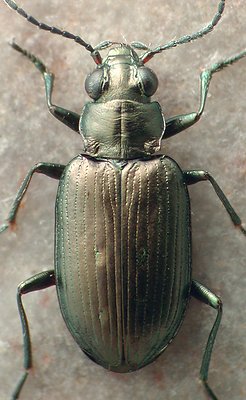
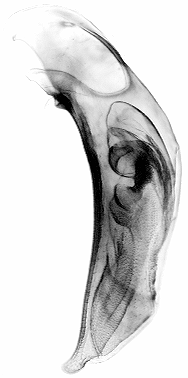
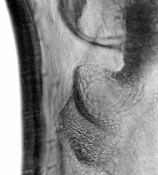
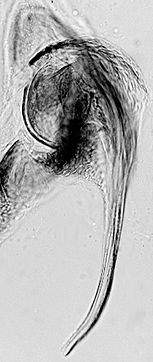



 Go to quick links
Go to quick search
Go to navigation for this section of the ToL site
Go to detailed links for the ToL site
Go to quick links
Go to quick search
Go to navigation for this section of the ToL site
Go to detailed links for the ToL site